The future of smartphones: fireproof batteries
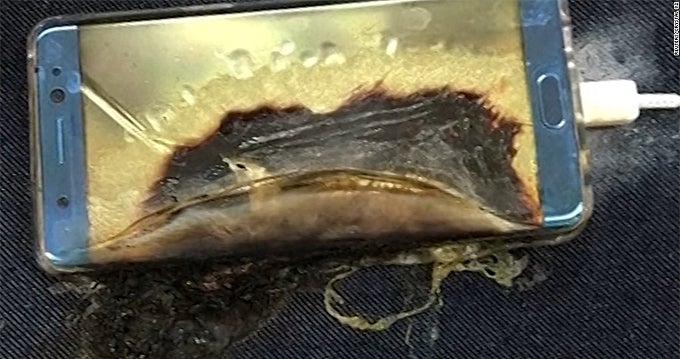
A charred Galaxy Note 7
As of late, however — meaning the last couple of years — there has been a growing number of reports about smartphones, and other mobile devices, bursting in flames while charging, or much worse, while on their owner. Most notably, last year the Samsung Galaxy Note 7 faced a global recall due to a still-mysterious defect that caused many units to catch fire, forcing the Korean tech giant to pull its latest flagship from the market. If there is a bright side to this whole fiasco, it would be the fact that major tech companies and researchers alike have taken note and are working toward preventing such issues in the future.
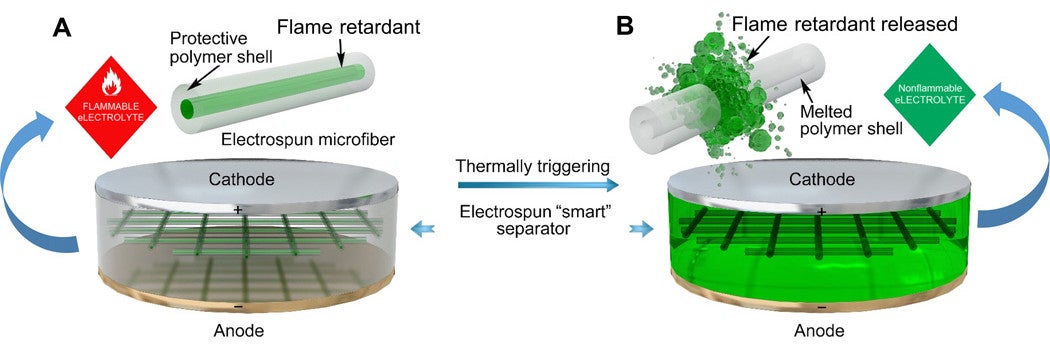
Schematic of the new separator with thermal-triggered flame-retardant properties. The separator is composed of polymer microfibers with a flame retardant encapsulated in their core. When triggered by a high temperature build-up in the battery, the polymer shell melts and releases the chemical, thus effectively supressing the ignition and burning of the electrolytes.
The Stanford-developed battery employs a plastic fiber separator that keeps negative and positive electrodes away from each other, infused with a compound called triphenyl phosphate, which has flame retardant properties. If the battery reaches a temperature of 150 °C, the separator melts and releases the phosphate. The Stanford University research team claims that this method of dealing with overheating batteries can extinguish any flames within 0.4 seconds, which is mighty impressive.
On a semi-related note, LG has promised that the battery of the upcoming LG G6 won't overheat, thanks to a system of copper heat pipes that will drive heat away from the battery. To learn more about that, check out our story on LG's fireproof battery.
source: ScienceAdvances via Engadget
Follow us on Google News

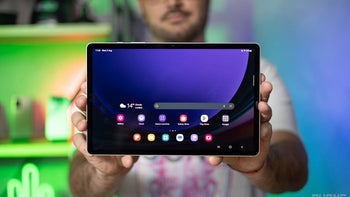
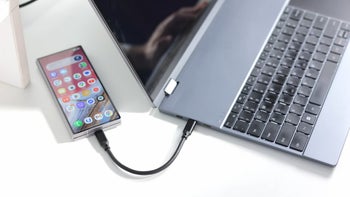

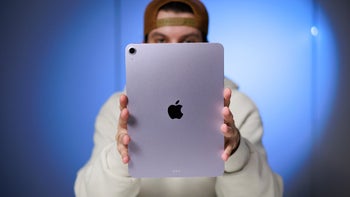
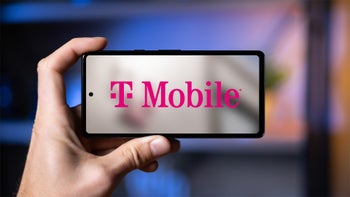
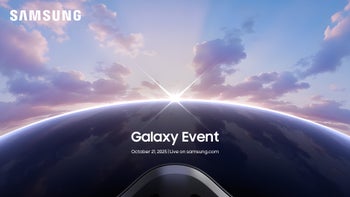
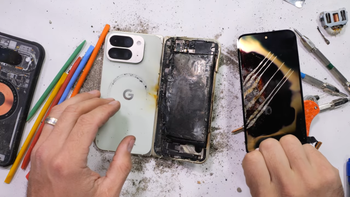
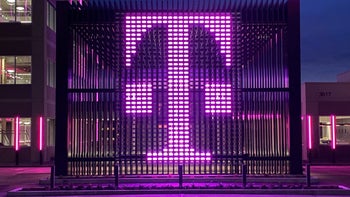


Things that are NOT allowed:
To help keep our community safe and free from spam, we apply temporary limits to newly created accounts: